This is a response to a commentator, Kimberly, who has repeatedly insisted that tallness in women is a masculine characteristic. Some other individuals have also left comments along the lines of beauty pageant contestants looking masculine because they are tall or that fashion models look masculine because tall women are needed for fashion modeling and hence the models look masculine.
The issue can be addressed by considering some data from Britain’s National Child Development Study(1, zip; 2), which was started in 1958 with the intention of following up on the social, economic and health outcomes for all children born in Great Britain during a single week in March 1958.
In the graphs below, height is reported in standard units on the horizontal or x-axis. A height of “0” represents average height, which was 162.4 cm (5-foot-4) for women. Deviation from “0” is reported in standard deviations (S.D.s). One S.D. equaled 6.6 cm (2.6 inches) for women. A height of –2.3 S.D. = –2.3 X 6.6 cm = 15.18 cm or 6 inches below average, i.e., a height of 4-foot-10. A height of 0.5 S.D. = 0.5 X 6.6 cm = 3.3 cm or 1.3 inches above average, i.e., a height of 5-foot-5.3. The vertical or y-axis shows various variables as a function of height. The percentage of variation in the y-axis variable explained by height is about 1% at most, but the finds are statistically significant; see the paper for details.
Another thing to note before looking at the graphs is the percentage of the population that lies within 0-3 standard deviations of the mean (the normal range):
Distribution Corresponding range of British women (average height 5-foot-4) 68% of people are within one S.D. of the mean. Within 6.6 cm or 2.6 inches of average height or roughly 5-foot-1.5 to 5-foot-6.5. 95% of people are within two S.D.s of the mean. Within 13.2 cm or 5.2 inches of average or roughly 4-foot-11 to 5-foot-9. 99.7% of people are within three S.D.s of the mean. Within 20 cm or 7.8 inches of average or roughly 4-foot-8 to 6-feet-tall. Also look at the following graph to see what proportion of the population lies within n S.D.s ( σ ) of the mean ( µ ).
The following graph shows the number of marriages or long-term relationships as a function of height in women and men.
Fig. 1. The number of marriages or long-term relationships as a function of height in women and men(1).
This graph and those below should not be interpreted as the y-axis variable dramatically varying as a function of height because as explained above, at most 1% of the variation in the y-axis variable is being explained by height and most people lie close to the mean, i.e., those with markedly different values on the y-axis are very short or very tall people. Note that men’s success in attracting women is clearly related to height; the taller the men, the more successful they are with women, and this success drops only with extreme tallness. The most successful men had a height of 2.4 S.D., which should be around 6-foot-4 (the average height for men in this sample was 177.4 cm (a little less than 5-foot-10)). If the probability of ever being married is considered, then the most successful men had a height of 6 feet. This should not be surprising since it is well know that women generally prefer tall men. It is known that tall men are likely to get better paying jobs, and since women are also attracted to wealth, it may be that the relationship shown in Fig. 1 is accounted for by the higher socioeconomic status of taller men, but women prefer tall men even if one takes social class into account(2; 3, zip). Other studies have reported that taller men have more children(3; 4, zip), but this was not found in this British study, most likely because the men had not reached the end of their reproductive careers.
On the other hand, men generally show no preference for women taller or shorter than average (Fig. 1), which has also been reported elsewhere(5, zip). If one considers the probability of having had at least one relationship, then again the same results are obtained for women as in Fig. 1. Does Fig. 1 suggest that men have a preference for average height in women? If so, then there would be a good underlying reason such as average height perhaps being a cue to fecundity and fertility, and this possibility can be assessed by considering reproductive success as a function of height.
In addressing reproductive success, it is necessary to control for socioeconomic status since lower class women tend to have more children. The following graph shows how the number of children (adjusted for social class) varied as a function of height. The most reproductively successful women had a height of –1.7 S.D., which equals 11.22 cm or 4.4 inches below average height.
Fig. 2. Height and number of children borne by women after adjusting for social class(1).
Another way of looking at reproductive success as a function of height is to consider the likelihood of childlessness as a function of height. As shown below, women least likely to be childless (after adjusting for social class) had a height of –0.7 S.D., which equals 4.62 cm or 1.82 inches below average height (a little over 5-foot-2).
Fig. 3. Height and the probability of childlessness in women after adjusting for social class(1).
The most reproductively successful women clearly have well below average height, but men show no preference for women shorter than average (Fig. 1). Contrast this with the strong preference men have for above average facial femininity in women (a cue to above average fertility and fecundity) and also a preference for a torso with above average femininity (a combination of larger breasts and a tinier waist, which is another cue to above average fertility and fecundity). The conclusion is that height in women by itself is not a cue to femininity, fertility and fecundity.
At the extremes of height, the likelihood of health problems increases (Fig. 4). Therefore, the curve for women in Fig. 1 and their reduced reproductive success at the extremes of height is explained by the decreased likelihood of being involved in a relationship due to health problems and likely also the awkward looks of extremely short or extremely tall women.
Fig. 4. Health problems as a function of height in women(1).
The following figure shows age of menarche as a function of height. Within the normal height range, there is roughly a linear increase (straight line relationship) in onset of menarche with increasing height (the up turn at the extremes is likely due to increased frequency of poor health).
Fig. 5. Onset of menarche and height(1).
Menarche occurs around when a girl’s ovaries produce enough estrogens to cause a surge in some pituitary gland hormones that get her ovaries to release eggs for the first time. Women with higher estrogens will tend to experience menarche earlier. Estrogens have a more powerful effect on bone growth than androgens. Estrogens accelerate growth while speeding up the process of growth plate fusion, which retards further height increase. Therefore, women with above average estrogens will be overrepresented among shorter than average women, and this is related to the height optimum for reproductive success in women lying well below average height. However, height by itself is not a cue to femininity in women or else men would take it into account. Regular readers of this site should easily understand this since I have repeatedly pointed out that masculinity-femininity should be judged from overall looks rather than a single feature. In other words, high-fashion models and many beauty pageant contestants do not look masculine because they are tall but because they are selected for masculinization.
In a manner similar to women, men with above average estrogen levels tend to be shorter but less fertile, which partly explains the greater reproductive success of taller men. As in women, height in men is not a cue to how masculine or feminine they are even though masculine men will be overrepresented among men taller than average. The reason women generally prefer tall men is that greater height in a man helps him dominate others, and women, like females in many other species, are typically attracted to dominant men.
Comment
Two points related to this discussion should be noted:
When it comes to aesthetic preferences, some people have the impression that people’s preferences are all over the map, i.e., there is no central tendency. This is not true for many features but true to some extent for men’s preferences regarding women’s height. Some men may have their own height preferences as far as women are concerned, but summed over a large number of men taken at random, there is no central tendency of height preference over a broad range of height, i.e., the height of women has little to do with their attractiveness to men over a broad height range.
It is known that women are generally less focused on the looks of men than men are focused on the looks of women, but height is a notable exception. Men generally have no preferred height in women over a broad height range, whereas women overwhelmingly prefer tall men.
References
- Nettle, D., Women's height, reproductive success and the evolution of sexual dimorphism in modern humans, Proc R Soc Lond B, 269, 1919 (2002).
- Nettle, D., Height and reproductive success in a cohort of British men, Hum Nature, 13, 473 (2002).
- Mueller, U., and Mazur, A., Evidence of unconstrained directional selection for male tallness, Behav Ecol Sociobiol, 50, 302 (2001).
- Pawlowski, B., Dunbar, R. I. M., and Lipowicz, A., Tall men have more reproductive success, Nature, 403, 156 (2000).
- Hensley, W. E., Height as a basis for interpersonal attraction, Adolescence, 29, 469 (1994).
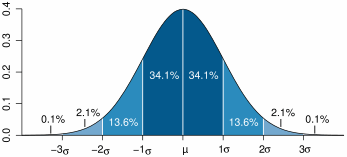
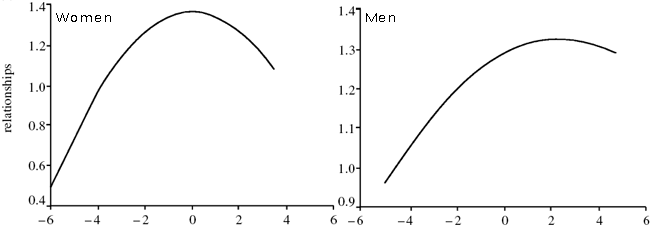
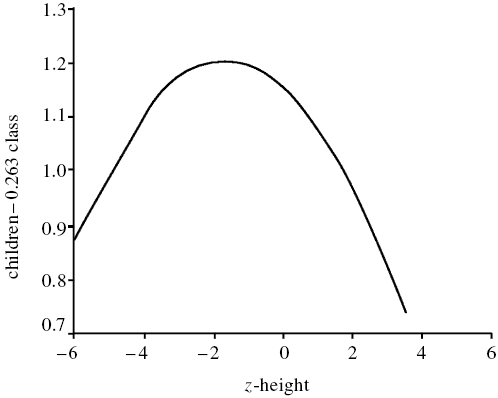
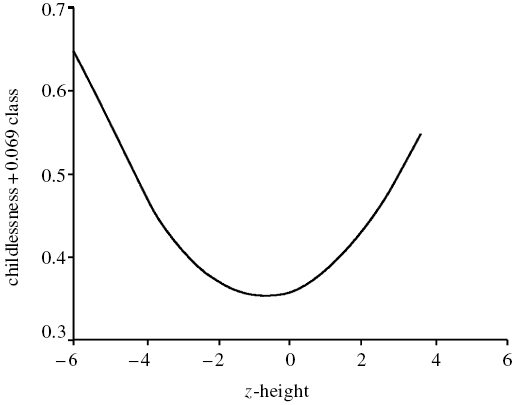
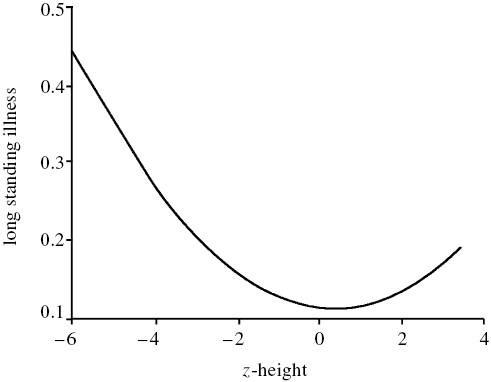
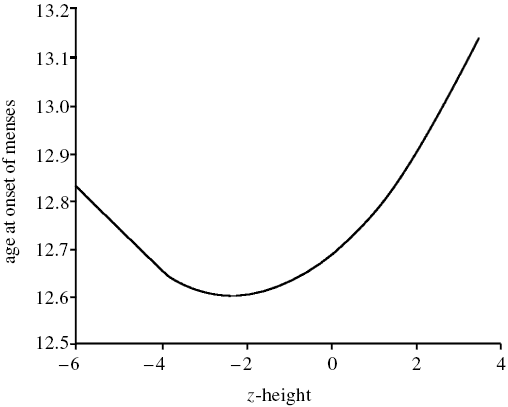
Comments
this person fem y/n?
http://www.asian-sirens.com/blog/comments.php?id=1410_0_1_0_C
8D, she has a very pretty face. This is what I love about Asian women; some are so soft and sweet looking yet still manage to be sexy.
I really DO NOT like pubic hair, though, so that kind of made me gag.
sarah:
yeah, they're pretty big about pubes in asia. people like them there.
8D: Goodness , the woman is shockingly masculine!
, the woman is shockingly masculine!
Just messing with you. The woman appears to be feminine.
More importantly, are you well? What has made you seek my judgment?
just screwing wit choo. bb
8D: Stop trolling, idiot.
You're annoying.
Erik have you come across this person becuse she looks like she has a feminine face:
http://www.claudialynxfan.com/gallery.html#
Joshua: I was not aware of Claudia Lynx. She is a sexy woman.
Not sure where to post this but Erik do you have an idea which chromosomes would mostly affect physical attractiveness in a person?
It would the homologous chromosomes mainly wouldn't it? but then again the sex chromosomes control the production sex hormones + steroids and so control how masculine or feminine a person is?
Joshua: The genes affecting physical appearance are distributed over multiple chromosomes, which makes your question not very meaningful. Even when it comes to sex steroids, their levels are affected by genes on chromosomes other than X and Y.
Erik
If height has no relation to femeninity or masculinity and though femininity is a correlate of beauty, does height have any relationship to beauty i.e would you say it is a correlate of beauty?
Jon: The article argues that over a broad range, height is not related to attractiveness in women.
I'm actually the Kimberly who was insisting this in the comment section, and, believe it or not, I only just saw your response now, almost 5 years later. I have nothing really to add -- just thought it was funny!